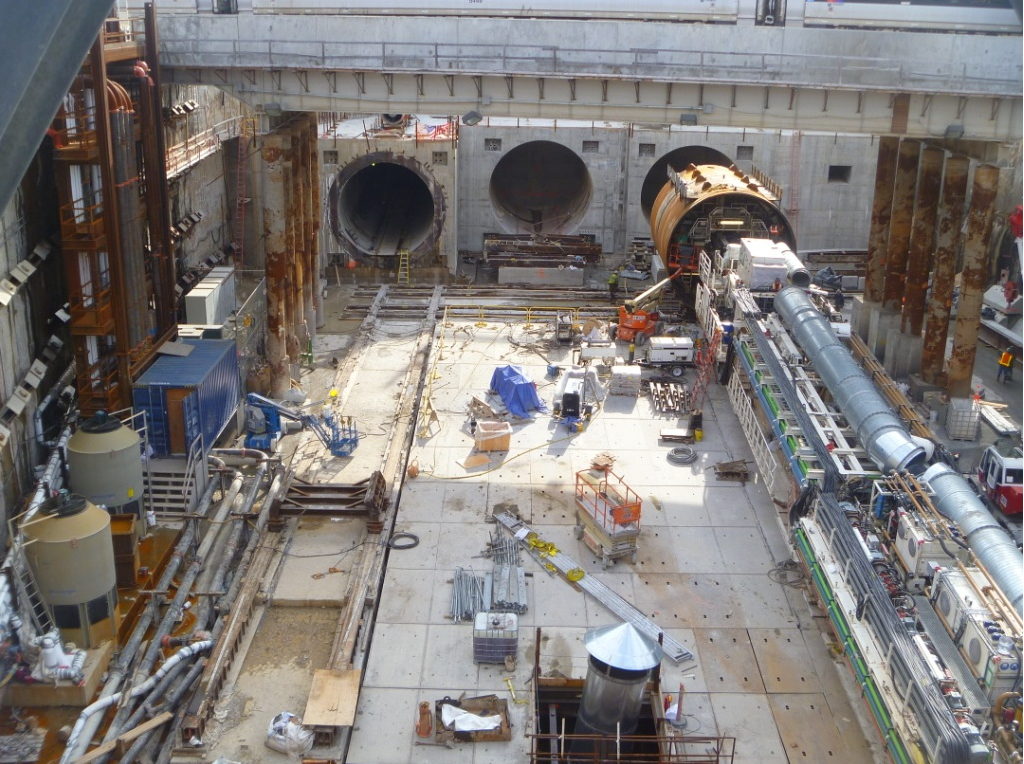Recovery schedules, mitigation schedules inevitably dissapoint
Save time?! Recovery schedules don’t even save face
Stakeholders struggle mightily with the definition of the terms CPM baselines, recovery schedules, & mitigation, schedules, and how they differ from one another. That is most unfortunate for CPM schedulers who invariably are handed client directives that are less than well planned or reasonable. The difficulty clearly lies in the nomenclature, which begs to be paraphrased into lay terms, which I endeavor to do here. I also hope to discuss how these schedules are variously implemented.
As say in many of my posts, it is the habit of many stakeholders to hand down to their CPM baseline scheduler cost-driven schedule objectives, and often strategies to achieve these results. Despite being the project controller, a scheduler is seldom involved in high-level stakeholder planning decisions in developing recovery schedules, & mitigation schedules Not infrequently is the scheduler the last one to be told of the strategy, with no opportunity for comment or input.
Stakeholders often engage RA (risk assessment) consultants to map and catalogue liabilities and risk factors for scheduled activities, and act on this information without consulting the scheduler. Upon greater inspection, it becomes evident that the strategy is untenable, and seems neither to have been considered from a practical standpoint (contractor) nor a scheduler’s (forward-pass). In any case, by the time the average risk assessment is presented, information may be six-months out of date.
For example, years ago – on a certain megaproject, a brass-level mitigation plan – one of several, was presented to achieve a 50% float recovery of what was already compressed: a two-year project reduced to one-year, and finally six-months. As part of my review, I guaranteed a 100% chance of at least 50% slip, because the scenario would have flooded the underground excavation pit with rock drillers, electricians, concrete workers, electricians, and every other trade, all at the same time, working SS + 5 days lag. No one had thought this sequence through! Effectively, the most idealistic (and preposterous) schedule ever thought possible.
“It’s counterintuitive to have big muckety-mucks calling the compression shots and defining strategy, as they are no more qualified than any othe lay-person.
It seemed to me that a lot of guesswork could be eliminated by involving a CPM scheduling professional in the overarching schedule decision making process, rather than he being the last to know.
There is a great benefit to enlighten your stakeholders as to what distinguishes various scheduling strategies from one another, the proper methods of implementing mitigation and recovery efforts, and the necessity and requirements of making informed decisions, as opposed to uneducated guesses.
“After all, they are very often lay-people who can’t be expected to make such decisions, thus it confounds one to think of how assiduously they do just that, while at the same time ignoring the professional.
It must also be said that not all such misguided pursuits are the habit of stakeholders alone: contractors issue schedules that they lack confidence in to mollify pushy stakeholders all the time. Quite often, the oversight becomes a moot point, as some other subsequent driver causes disruption. Contractors know this, so they don’t quake in their boots at the thought of high-compression scenarios. In many cases schedulers do the best they can without being fully informed or trained to generate such studies. As you can imagine, results are typically less than reliable.
“It’s hard enough to approve a CPM baseline generated by a project manager untrained in the method: imagine what his recovery and mitigation efforts will look like?
So herewith, my own personal definitions of the above CPM term, in hopes that it may illuminate, or inspire other (educated) opinions – which are welcome here, and will be replied, or you may even consider them for yourself.
CPM Baseline Schedule
That initial approved contract CPM baseline schedule showing 0% progress, and to which all subsequent events shall be measured against. The data herein is static, and may not be changed.
CPM Revised Baseline.
Sometimes a project schedule is driven so far south of its original bearings that it must be deconstructed, and resequenced. Depending on how far gone it is, it may be easier to start over anew, rather than try to prop up a network that has way too many moving parts to be able to be intelligible. Regrettably, this latter applies to many megaprojects with CPM networks “too big to fail.”
CPM Recovery Schedule
Recovery schedule denotes that schedule which is intended to gain back time already lost (to-date). Most revised baselines include recovery efforts built-in. On a good day milestone dates are reset until 0d float is the longest path. A recovery schedule should necessitate a narrative and report of changes made.
CPM Mitigation Schedule
Mitigation strategies are intended to stem the flow of expected slip in the forward pass (negative-float). Just like a recovery schedule, a mitigation schedule should necessitate a narrative and report of changes made.









